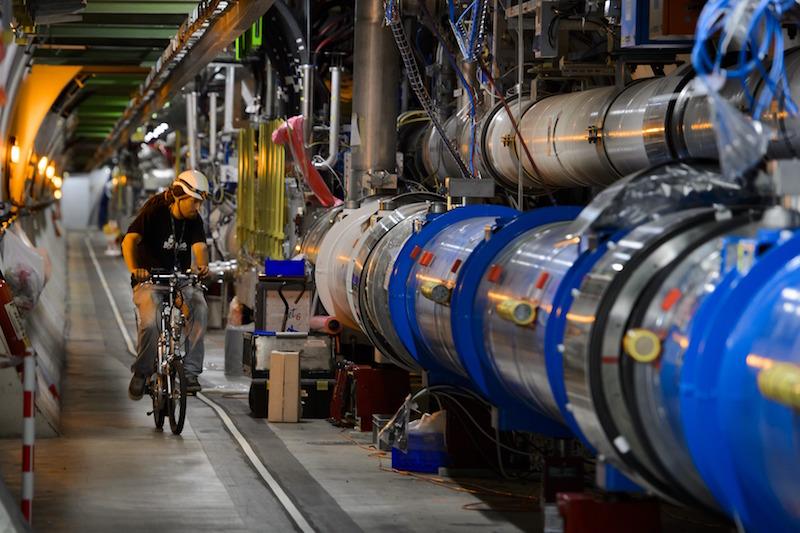Scientists at the European Organization for Nuclear Research (CERN), the world’s largest particle physics laboratory established in 1954, are considering the possibility of building a new particle accelerator four times larger than the current Large Hadron Collider (LHC).
Last week on Jan. 15, officials at CERN near Geneva in Switzerland released a concept paper for a Future Circular Collider (FCC) that has been five years in the making. They hoped to outline a future collider that could potentially succeed the LHC in the hopes that it could “significantly expand our knowledge of matter and the universe.”




